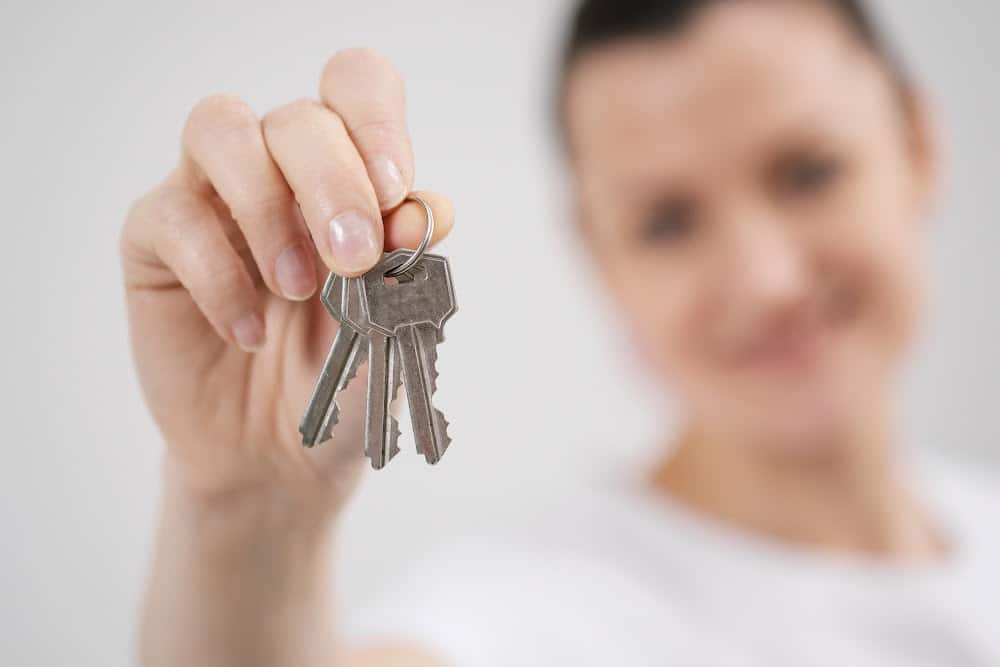The idea of living in a retirement home you’ve designed for comfort and preference is a lovely one. Every retiree, and especially everyone in their later years deserves a comforting place to call their own, be they an owner of a property, living with family, or residing in a caring community.
If you own a house or are building one for your retirement, then it’s good to consider how to make the upgrades necessary to ensure that retirement is comfortable, enjoyable, and secure. Of course, you might make a plethora of changes over the years, but knowing a few good priorities to settle on is always worthwhile.
But where are you to begin with such an effort? It’s worth asking this question because you never know how useful it could be. Well, in this post, we hope to discuss how to prepare your home for retirement in the best way, and where you might even get started:
Structural Repairs
Before you retire, it’s important to address any structural issues with your home to ensure that it is safe and stable. This may include fixing foundation cracks, replacing a roof that is in poor condition, or addressing any other issues that could potentially become more costly or dangerous if left unaddressed. For instance, a foundation slide could need repair in order to ensure the longevity of the home.
Of course, the structure of your home in general may need work, but it’s good to consider the house as a cohesive unit in this regard. Your driveway is an essential part of the home, as are any exterior constructions like outdoor sheds, offices, or greenhouses. It might just be that your outdoor patio is a little use, and could do with having its platform reset.
These measures help you curate the best and strongest foundation possible. In the long run, it will make a profound difference to your overall capabilities.
Energy Efficiency Upgrades
Making energy-efficient upgrades to your home can help to reduce your monthly expenses and make your home more comfortable to live in. This may include things like sealing air leaks, adding insulation, or replacing old windows with more energy-efficient ones.
Energy efficiency may also mean implementing appliances that cost less to run. Energy-saving light bulbs are a small example. But of course, long-term investments like adding solar panels can work wonders too, and they may pay themselves off in ten years’ time. If you’re planning for the retirement long-haul, that’s not a bad idea. Sustainability is essential to consider too. Creating outdoor space for a vegetable patch might help you become more self-sufficient, and we all know that gardening can be a wonderful hobby for retirees to enjoy.
Maintenance & Updates
It’s a good idea to take care of any necessary maintenance or updates to your home before you retire. This can include painting the exterior or interior, replacing old appliances, or updating the plumbing or electrical systems. These updates can help to increase the value of your home and make it more comfortable to live in.
On top of that, you may focus on the maintenance issues that have been plaguing you, and make certain they’re unlikely to cause issues again. If the extraction fan in your bathroom has been relatively temperamental – have it replaced. If you seem to get damp in one of your rooms during the winter, work on ventilation, or make sure there aren’t any exterior leaks. They’ll make a profound difference.
Safety Improvements
As you age, it’s important to consider the safety of your home and make any necessary changes to prevent injuries. This may include installing grab bars in the bathroom, adding handrails to stairs, or making other modifications to help prevent falls.
Remember that as you get older, you’ll become more fragile. This is normal and natural, even if it’s not ideal. For that reason, little measures that help you stay safe – like a thick rug you can wipe your shoes on when entering the home instead of sliding on laminate with wet shoes – all these little changes make a difference.
Accessibility Modifications
If you have mobility issues or expect to have them in the future, you may want to consider making your home more accessible. This can include things like installing a ramp or chairlift, widening doorways, or adding lever handles to doors and faucets.
Note that you don’t have to have a medical condition or injury to need these modifications. As you get older, as discussed above, you get weaker. Your range of mobility might not be as good as it once was. Your muscle and bone density decreases. Of course, you’re planning to live healthily and take care of yourself, but even then, it’s good to plan for accessibility.
In some cases, it might be that you opt for different appliances. If you have arthritis, for instance, then a sit-down shower with an opening door that allows you to enter the bathtub comfortably can work well. Often, these accessibility measures can be installed subtly, so they don’t define the overall scope or aesthetic of your house. For instance, vinyl sliding doors look incredible and can help you with ease of motion opening and closing them each day.
Landscaping & Outdoor Improvements
If you enjoy spending time in your yard, it’s a good idea to take care of any necessary landscaping or outdoor improvements before you retire. This may include things like installing a low-maintenance landscape, building a patio or deck, or adding outdoor lighting.
On top of that, make sure the garden path is well-laid and structurally sound. The last thing you need in retirement is to struggle to negotiate with loose garden slabs every time you go outside or slip on wet turf. Don’t be afraid to indulge a little here! A nice greenhouse for growing tomatoes can be lovely if you have the space to do that.
In addition, you might consider the outdoor furniture you’d like to enjoy if entertaining guests, and perhaps a focal point like the barbecue gear and grill you’ll set up to provide some wonderful meals. Privacy also counts, so privacy fencing and more can work well here.
Think Of Security
It’s deeply unfortunate to say these, but unfortunately, people with no moral fiber or capable character have been known to target older people for home break-ins. This is why security is so important. Motion-sensitive floodlights, gates, strong locks on windows and doors, an alarm system you can turn off with the right code upon entry, and joining a neighborhood watch scheme all count here.
Security can also involve other investments, like purchasing a dog that isn’t afraid to bark if they sense movement in the driveway. They don’t have to be big and uncontrollable, just loud. Security can also be found with:
Automation & Tech
Adding home automation features can make your home more convenient and easier to manage, especially if you have limited mobility. This may include things like smart thermostats, security systems, or automated lighting and appliance controls.
Automation can be fun, too, like a doorbell camera that allows you to greet guests over the video camera and microphone even if you’re out and about. Smart fridges and appliances can remember your grocery list, while home assistants can make managing your home (like closing and opening curtains or lights) easier and more convenient to deal with.
Moreover – this is a great deal of fun. You don’t have to worry about suffering a modernist house that looks like a spaceship for the trouble, many appliances can fit right in a rustic home, too.
With this advice, we hope you can see how to prepare your home for retirement in the best and most secure manner possible. We’re certain it will have a positive effect on you.





